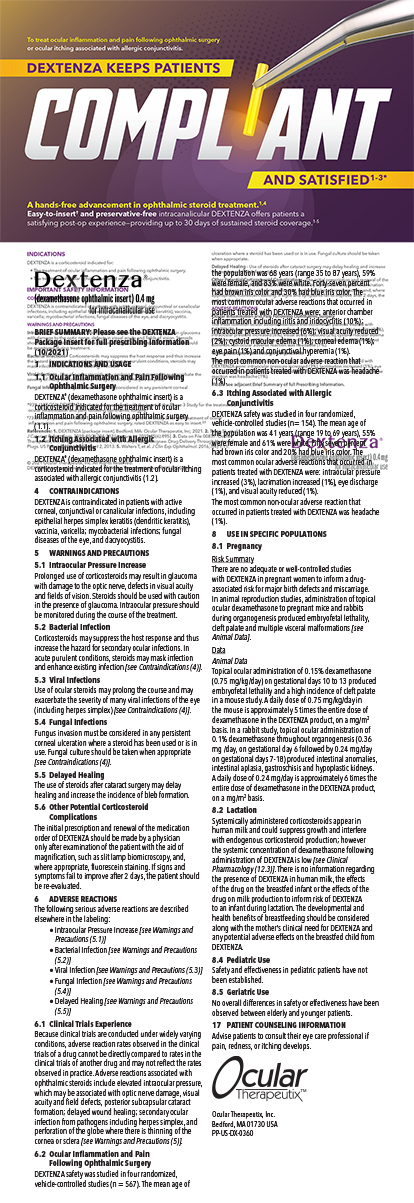
A high-volume refractive surgeon gives his take on how best to start in the field.
R. Luke Rebenitsch, MD
It has now been nearly 25 years since the FDA approved PRK in the United States. Since that approval in 1995,1 refractive surgery has become a specialty in its own right. (Editor’s note: For commentary on that topic, see “Is It Time for Refractive Surgery to Become Its Own Specialty?” on page 46.) Refractive surgery is also no longer limited to laser vision correction. In fact, the Refractive Surgery Alliance lists eight forms of vision correction: LASIK, PRK, small-incision lenticule extraction, corneal inlays, phakic IOLs, refractive lens exchange, refractive cataract surgery, and CXL. With such a wide array of procedures, proper planning and preparation are paramount to a surgeon’s success in this exciting and rapidly changing field.
A VISION CORRECTION MINDSET
Embodying a vision correction mindset is one of the most important steps to becoming a refractive surgeon. Providing excellent visual acuity to patients can be one of the most rewarding yet challenging endeavors that refractive surgeons undertake. Vision is both an objective and a subjective experience, and patient expectations are higher than ever. Excellent and immediate visual acuity is anticipated.
Therefore, refractive surgeons must learn not just new surgical skills but also clinical ones. Because much of what influences patient satisfaction is subjective, to do refractive surgery well requires soft skills. For instance, achieving a 20/happy result is often more a matter of psychology than objective results, and knowing how to set realistic patient expectations is extremely important. Surgeons must also be willing and able to meet the expectations that were set preoperatively.
MENTORSHIP AND TRAINING
Refractive surgery is a diverse field, and the first step to becoming a reputable provider is to find mentors under whom to learn and train. Thankfully, many experienced surgeons have dedicated their lives not only to their practices and patients but also to training the next generation. When looking for a mentor, be sure that he or she can provide instruction in all aspects of refractive surgery, has been active in research, and has been dedicated to understanding the diverse technology in the field.
Fortunately, the number and quality of refractive surgery fellowships have increased. Those later in their careers must find formal training in alternative ways such as by taking comprehensive vision correction courses offered by the AAO and London Vision Clinic, completing business and practice management training like the Physician CEO program at Kellogg School of Management, and interacting with other surgeons through channels such as the Refractive Surgery Alliance forum (www.refractivealliance.com).
INVESTMENTS REQUIRED
Investment in technology. In addition to surgical skill, excelling at refractive surgery requires an investment in technology. This can be expensive, but it is worthwhile for the diagnostic and treatment outcomes it makes possible. An evolution in equipment sales is helpful; a smaller initial capital investment is required today, and there is more shared risk. In other words, costs can be spread over higher click fees or payment plans.
Investment in a team. Vision correction is a journey for patients—one that may begin a year or more before they enter an ophthalmologist’s office. Outcomes are better than ever before, but patients can be fearful and frustrated with their current visual state. They want assurance that they are making the right decision. A customer service–oriented team is crucial to creating the best patient experience at a refractive surgery practice.
We live in an experience economy, and, in order to be successful, a refractive surgery practice has to provide the expected experience. It is therefore beneficial to aim for multiple touchpoints with each patient and to invest in the staff, especially those at the front desk (Figures 1–3). Also helpful is offering payment plans that make surgery affordable for all patients.
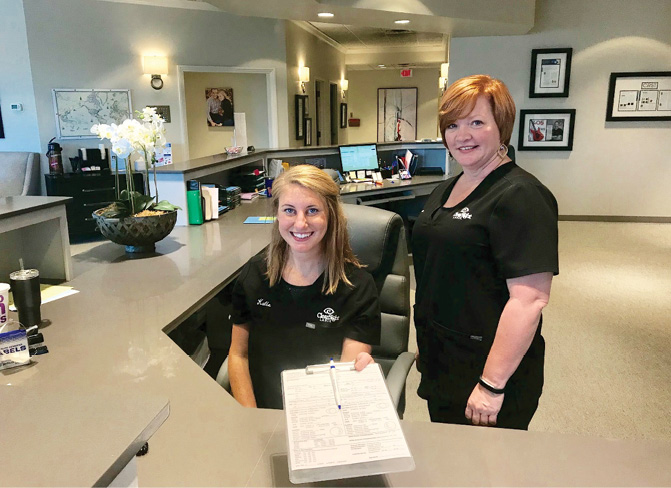
Figure 1. The first touchpoint a patient will have upon entering your office is with the front desk staff.
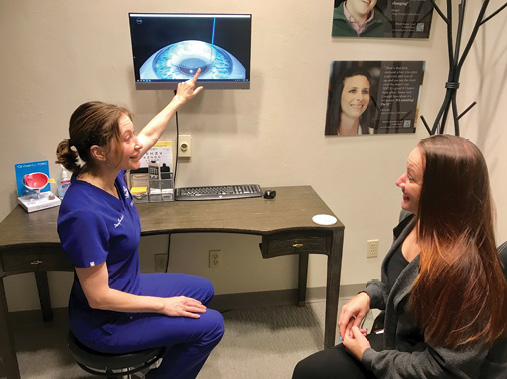
Figure 2. Learn the clinical skills necessary to provide an informative consultation. Patient education tools are a must.
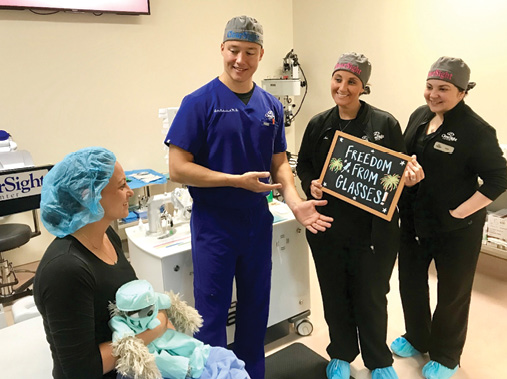
Figure 3. The patient experience should end as well as it began. Make it a celebration.
SUCCESS
Deciding to become a refractive surgeon is one of the best decisions I’ve made. The process can be rigorous, but I find this fast-paced career to be rewarding.
1. FDA grants milestone excimer laser approval for PRK. https://www.healio.com/optometry/refractive-surgery/news/print/primary-care-optometry-news/%7Bdfb77198-0901-4e88-bf81-9368975a503a%7D/fda-grants-milestone-excimer-laser-approval-for-prk. Published November 1995. Accessed July 8, 2019.

With commitment from leadership, your practice can enter this ever-changing field.
By Denise M. Visco, MD, MBA
Breaking into refractive surgery requires tremendous investments of time and resources. Technologies change, and the market changes, so your vision must be broad and expansive enough to evolve over time. Breaking into refractive surgery also requires a deep personal and professional commitment from leadership. You must be willing to commit significant financial resources to acquire and support the technologies you will need for refractive procedures. Last but not least, breaking into refractive surgery requires promoting and delivering an elevated patient experience. Your venture into refractive surgery should fit with your practice’s brand and market position, and your staff will need to engage with this new venture and embody these new services of your brand.1
I learned these pillars of getting involved in refractive surgery through my own firsthand experience breaking into refractive surgery. To illustrate how some of these goals can be achieved, in this article I recount parts of my practice history and detail how I transitioned into a primarily refractive surgery practice.
HUMBLE BEGINNINGS
When I opened my office 25 years ago, I chose the name Eyes of York. My startup practice included me and one employee, and I provided general ophthalmology services and performed a host of procedures I no longer have time to do, such as retinal laser work, strabismus surgery, and glaucoma shunt procedures. But my grand vision was to develop a large, integrated multispecialty practice with its own ambulatory surgery center. If you are going to dream, dream big, right?
With the exception of a few radial keratotomies, all of my care delivery was covered by insurance until 1998, when I began to perform LASIK at a freestanding center. Back then, refractive surgery as a specialty really did not exist, and there was still tremendous resistance in our field regarding the medical validity of these procedures.
For my entrée into refractive surgery, at that time, I needed only to purchase a topographer and take a course to begin performing LASIK; things are a bit different today. We built our own laser vision correction suite in 2000 and have since updated it several times.
We currently have a long-term capital expenditure strategy that helps us plan for large investments in leading-edge technology every 3 or 4 years. Our most recent capital investment for expansion of refractive services was the acquisition of a VisuMax femtosecond laser (Carl Zeiss Meditec). As we were looking to update our LASIK femtosecond laser, we decided to incorporate this technology in order to also be able to offer patients the small-incision lenticule extraction procedure.
For each new procedure and every new technology, we cycle through the same exercise, making sure that it fits with our vision, brand identity, resource commitment, and leadership.
MARKETING SHIFT
My marketing from 1995 to 1998 involved printing the practice’s logo on stationary, delivering lectures at the local hospital, and giving presentations at clubs and churches. When I began marketing for LASIK in 1998, I invested in new marketing strategies.
I created a slogan and even developed my own jingle. Internal marketing materials such as informational brochures were produced and customized with our brand. External marketing was diversified to include radio and television.
Today, a combined internal and external marketing strategy is still crucial for successfully practicing refractive surgery. We now focus most of our marketing efforts on our website and social media channels.
CHANGE OF STRATEGY
With the introduction of the femtosecond laser to cataract surgery, we entered a new market segment—refractive cataract surgery—with tremendous enthusiasm. The additional challenges of investing resources into this new service line made it impossible to continue to provide high-quality care for our pediatric, retinal, and surgical glaucoma patients. Thus, we decided to become primarily a refractive surgical practice. Instead of offering multispecialty ophthalmic services, our focus turned to offering multiple options in refractive surgery and managing related perioperative issues.
This change in practice strategy required a significant change in our identity, which led to some staff turnover and disruption in business processes. The practice worked hard to pull it all together with a new mission and value statement. Our internal identity is once again cohesive with our external marketing projection (Figure 4).1
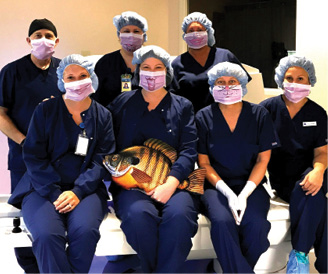
Figure 4. A cohesive internal identity plays a key role in finding success.
KEEP AT IT
Your first break into refractive surgery will be the most difficult. It gets easier—though not much easier—and you become more confident. Over time, you understand the amount of work involved and are more prepared to undertake it. The commitment to refractive surgery is born from a personal and professional love for the techniques of the surgeries and the dynamics of the practice.
After the initial investments, it is crucial to ensure adequate staff training and surgeon comfort level with the new offerings. The results will matter to all stakeholders—patients, staff, and surgeons. The engagement of the practice will depend upon seeing happy patients. Professional confidence drives surgeon referrals and community acceptance, which in turn support the upward spiral of success and the desire to look ahead for what’s next.
1. Mitchell C. Selling the brand inside. Harvard Business Review. January 2002. https://hbr.org/2002/01/selling-the-brand-inside. Accessed July 18, 2019.
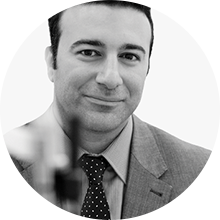


Three refractive surgeons used their collective experiences to launch a new refractive surgery center.
By Ali Mearza, FRCOphth; Allon Barsam, FRCOphth; and Romesh Angunawela, FRCOphth
We ophthalmologists operate on arguably the most precious human organ—the eye—but learning refractive surgery requires a real shift in the mindset we learned in medical school. During ophthalmology training, we were taught to operate on and treat eyes with a problem or pathology; in refractive surgery, however, we operate on healthy eyes with the aim of reducing patients’ need for corrective glasses or contact lenses. New levels of expertise, skill, and understanding are required to succeed.
Training in refractive surgery is hard to come by, although this is slowly changing in some areas of the world. For our European colleagues, it is often necessary to travel abroad to obtain the necessary training and expertise in refractive surgery. The process requires motivation, time away from family and friends, and in some cases financial hardship.
After completing general eye training in London, each of us found international refractive surgery fellowships. One of us (A.M.) completed a refractive surgery fellowship at the Emmetropia Mediterranean Eye Clinic on the island of Crete, the birthplace of modern LASIK, under the tutelage of Ioannis M. Aslanides, MD, PhD, FRCOphth, MBA; another of us (A.B.) completed a fellowship at Ophthalmic Consultants of Long Island in New York with Henry D. Perry, MD; and Eric D. Donnenfeld, MD; and another (R.A.) completed a 2-year doctorate on wound healing after laser eye surgery with John Marshall, MBE, FMedSci, PhD, DSc, FRCPath, FRSB, FRCOphth(Hon), FRCOptom(Hon), FARVO, and followed this up with a clinical fellowship at the Singapore National Eye Centre with Donald Tan, MD.
Each of us went out of his way to learn from the best in the field, and then we brought that expertise to our hometown of London. It was in our fellowship years that we learned the importance of the preoperative assessment, how to manage expectations in addition to the technical surgical skills required for laser vision correction, and how to use a variety of refractive surgery techniques. We also learned a considerable amount about the business side of refractive surgery. Little did we know then that all that expertise and knowledge would help us to establish a refractive surgical center in London many years later.
FROM PRIVATE PRACTICE TO REFRACTIVE CENTER
After fellowship training, we were appointed to UK National Health Service consultant jobs and established our individual successful private practices. Over the years, we continually talked about collaborating in some form, but the timing was never quite right. Finally in 2018, we figured out how we could work together under a single entity—the Ophthalmic Consultants of London (OCL)—and found a building on New Cavendish Street in London’s Harley Street medical district (Figures 5 and 6). We are now proud to call this location our flagship center of excellence.

Figure 5. The flagship location of Ophthalmic Consultants of London.

Figure 6. The directors and cofounders of OCL, from left to right, Drs. Angunawela, Barsam, and Mearza, during the ribbon-cutting ceremony for their refractive surgery center.
Establishing a refractive center has been an entirely different proposition from running an individual practice. We quickly realized that the building required a considerable amount of work to make it fit for our purposes. We also realized that significant operational expertise was needed to oversee the renovation from start to completion. One of the best decisions we made was to hire an operational management team to see the project through. Other considerations that required oversight and thought included furnishing and equipping the space with the best technology, staffing (administration and clinical), building a website, initiating digital marketing and branding campaigns, and establishing information technology systems. The list goes on.
In terms of competing with other clinics and establishing OCL in the London market, we relied on the patient lists from our well-established practices, which were based largely on word-of-mouth referrals. Our collaboration has given us a platform from which to develop our clinical leadership model, and it helps us to offer and invest in the latest technologies. This formula has allowed us to provide our patients with the best possible care and results.
ANSWERING THE QUESTIONS
And so back to the question of what it takes to break into refractive surgery: It takes determination, vision, courage, enthusiasm, expertise, sacrifice, dedication, hard work, and teamwork—with a sprinkle of luck.
Are there people we’d like to thank? Yes, plenty, including our fellowship preceptors and clinical trainers who believed in us; our dedicated staffs, both past and present; and our families, who have supported us throughout this journey.
Has it been worth it? Yes! We have faced hurdles and challenges along the road to establishing our own refractive center, but we are not looking back.




